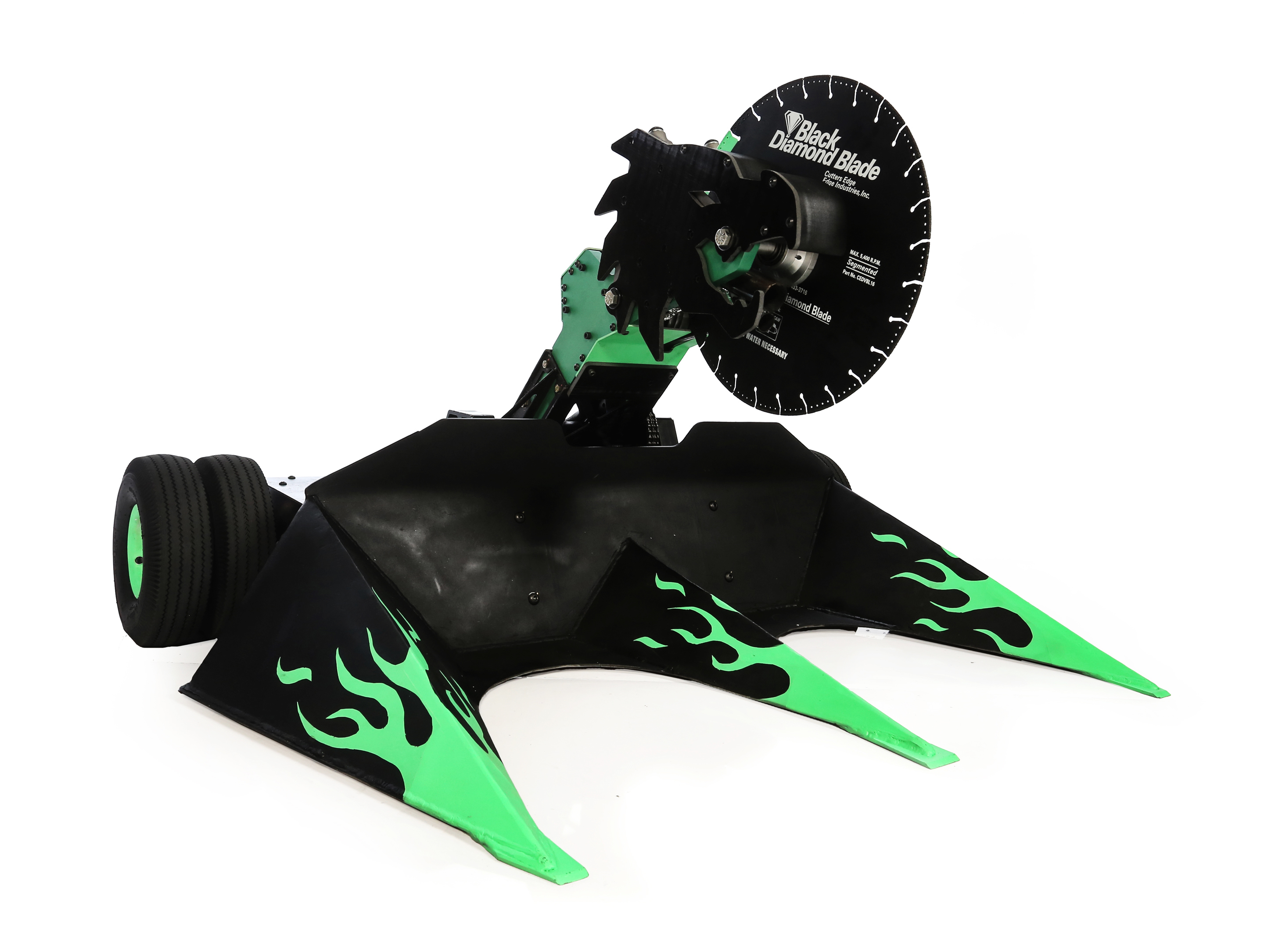
Desktop Metal says that metal parts made using its Studio System 3D printer have been used in the recent SawBlaze robot, made by MIT engineering students and graduates.
BattleBots is a televised robot combat tournament that challenges teams of engineers from all over the world to design, build, and control a robot. According to Desktop Metal, using 3D parts can reportedly help withstand the demanding environment of the battle arena and adhere to the competition's strict build timeline. Each robot must be no more than 250 lbs with at least one independently-powered weapon.
In 2018, engineers were allowed just one month to build and ship the robot. Desktop Metal and the SawBlaze team captain decided to make the most of the benefits of metal 3D printing including design flexibility, rapid iteration in-house, improved materials, and reduced production costs. One of the key components of the SawBlaze robot is the backstop, a sub-assembly that straddles and protects the blade. As various loads are applied during battle, the backstop must demonstrate stiffness, strength, hardness, corrosion resistance, and heat resistance.
The challenge of achieving lightweight strength made the backstop a suitable candidate for metal 3D printing. The team designed the part with ‘cut-outs’ and used closed-cell infill throughout the part to eliminate excess material and reduce its weight. The two ends of the backstop were printed in AISI 4140 low-alloy steel with the Studio System and then fastened to each end of a metal cross-bar.
According to Desktop Metal, they were able to achieve a 90-95% reduction in part cost and weight, and SawBlaze successfully fought and won multiple battles, including A knockout in just 94 seconds.
This story is reprinted from material from Desktop Metal, with editorial changes made by Materials Today. The views expressed in this article do not necessarily represent those of Elsevier.






